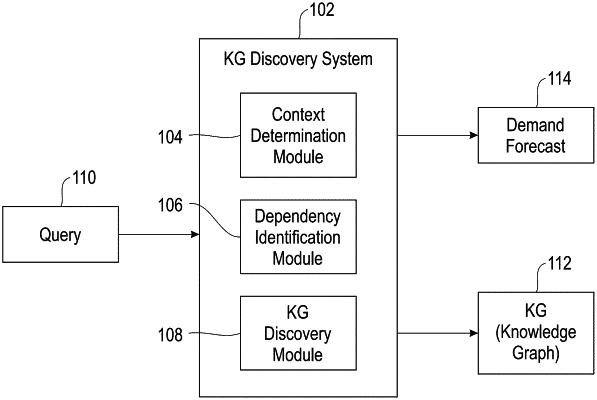| CPC G06Q 30/0205 (2013.01) [G06F 16/90332 (2019.01); G06F 16/9537 (2019.01); G06N 5/022 (2013.01); G06N 5/025 (2013.01); G06Q 10/04 (2013.01)] | 20 Claims |

|
1. A computer-implemented method, the method comprising:
obtaining a natural language spatiotemporal query related to a demand of at least one product in a supply chain;
applying one or more natural language processes to the natural language spatiotemporal query to identify a context of the natural language spatiotemporal query;
determining, based at least in part on the context, one or more parameters affecting the demand of the at least one product, wherein the one or more parameters comprise at least one of one or more climate parameters and one or more disruptive event parameters;
generating a set of counterfactual queries by perturbing the natural language spatiotemporal query with respect to at least one of the one or more parameters, wherein the generating comprises traversing a search space corresponding to the one or more parameters using an iterative search-based optimization algorithm;
computing one or more confidence values for one or more corresponding demand forecasts generated by a prediction model for the set of counterfactual queries;
constructing a knowledge graph comprising a set of nodes for at least a portion of the set of counterfactual queries, wherein each node in the set comprises information indicating an impact on the demand of the at least one product for at least a portion of the one or more parameters, and wherein the constructing comprises pruning one or more nodes in the set in response to determining that at least a first one of the computed confidence values satisfies a confidence value threshold corresponding to the computed first confidence value;
determining that at least a second one of the computed confidence values does not satisfy a confidence value threshold corresponding to the at least one computed second confidence value;
in response to determining that the at least second one of the computed confidence values does not satisfy the confidence value threshold corresponding to the at least one computed second confidence value, automatically initiating an interactive conversation with the user, wherein the interactive conversation comprises:
generating and outputting at least one question to the user, wherein the at least one question is generated based at least in part on the context; and
updating the at least one second computed confidence value based on feedback received from the user for the at least one question; and
outputting, to a user interface, an explanation of a predicted demand forecast for the at least one product based at least in part on the knowledge graph;
wherein the method is carried out by at least one computing device.
|